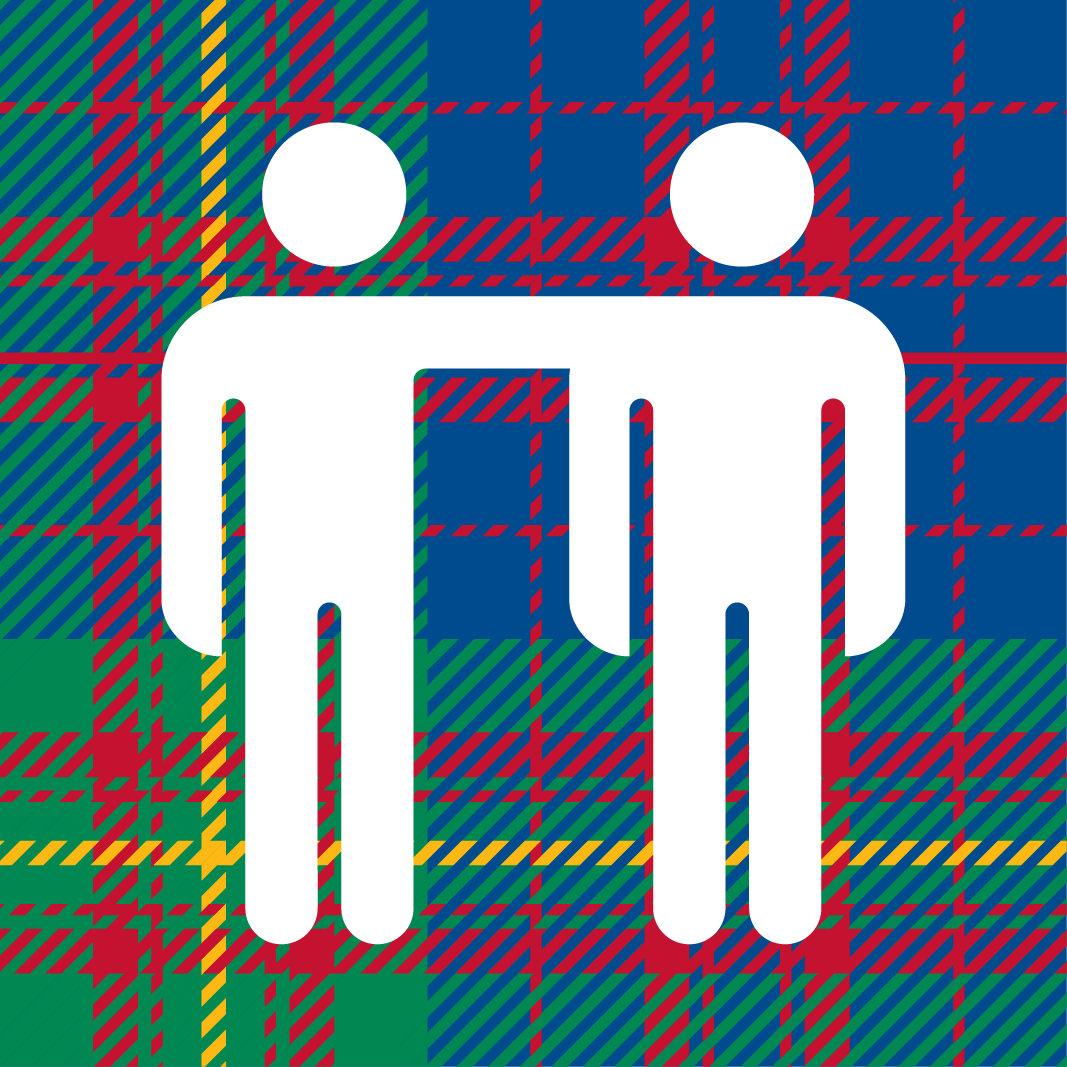There are few stories in American history filled with as much triumph as the liberation of African Americans. After a history deeply engrained with torturous slavery and cruelty towards black Americans, centuries passed before their liberation would be achieved through one of the bloodiest wars in human history. Far from a finished fight, black Americans continued to face violence, discrimination, and disenfranchisement both culturally and governmentally. The currents of civil rights continued to grow stronger soon after, until the mid 20th century. At this time, perhaps America’s greatest example of civil disobedience took place, remembered as one of the most triumphant human rights movements in history.
Between boycotts, sit-ins, protests, marches, integration, and era-defining speeches, the Civil Rights Movement was filled with peaceful examples of civil disobedience. Yet there also existed alternative forms of protest invoked, pushing for goals other than mere equality, and invoking non-peaceful methods of protest. Such a debate is highly relevant to today’s current events: what is the most effective way to enact change in society through civil disobedience?
The last few weeks have seen hundreds of peaceful protests, gathering to decry police brutality against black Americans. In every state of the union and even numerous countries abroad, citizens have taken to the street to peacefully express the need for reform and change. But other approaches have been taken too, many employing violent means to meet their ends. Destruction of public and private property has become something all too common by now. In order to bring about the desired change, how is it best to go about applying pressure to a system through disobedience?
When, if ever, is violence appropriate? What methods are most effective in achieving societal change? Is civil disobedience a moral obligation in the face of injustice? Is it necessary for disobedience to maintain peace?
